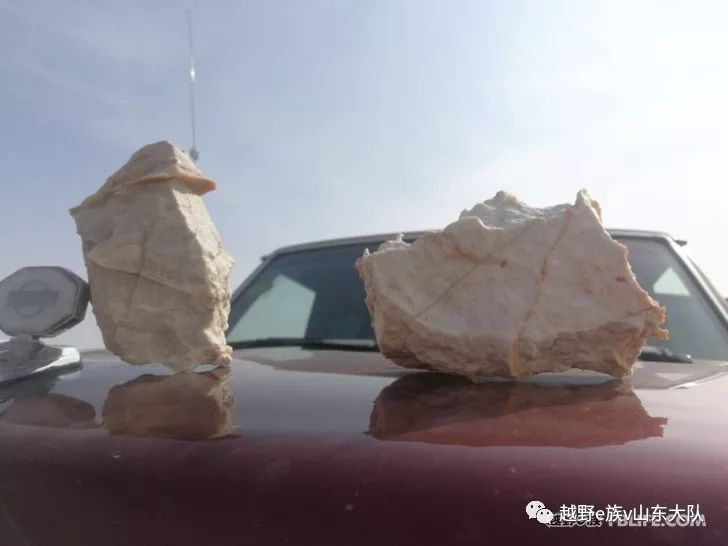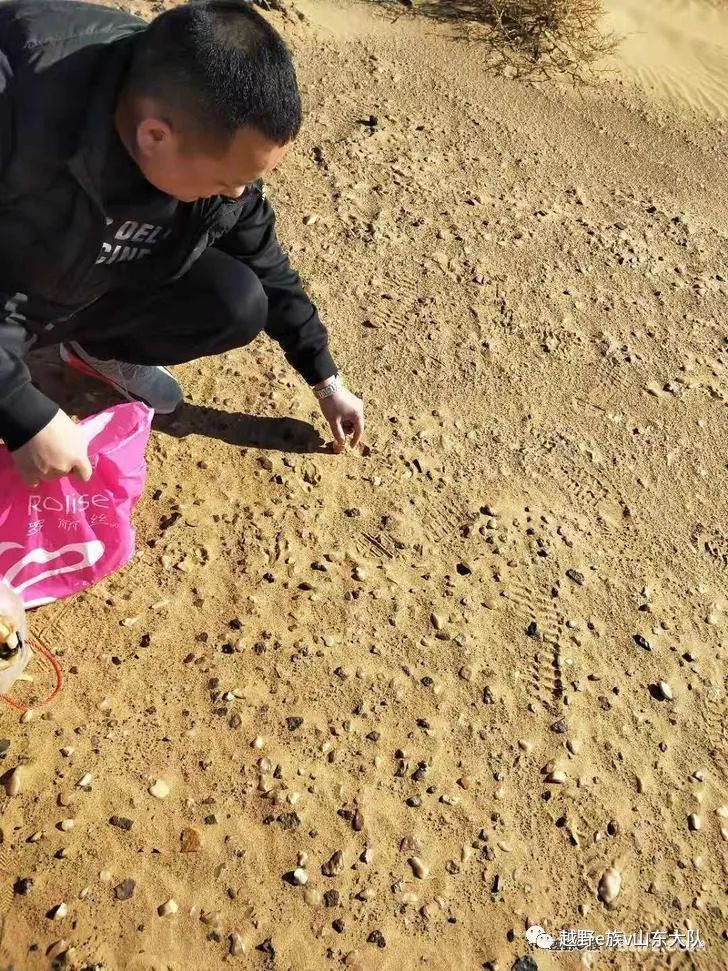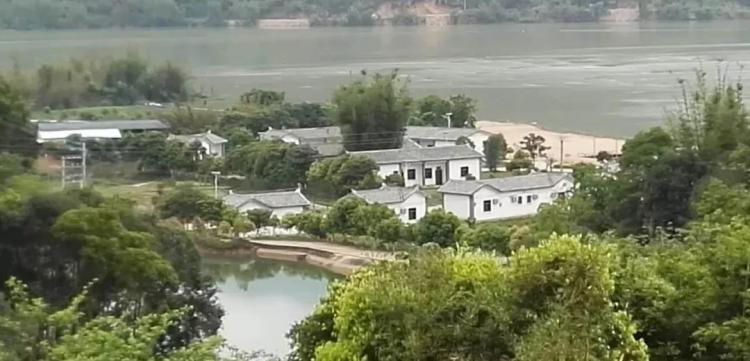Viewpoint ▼
The traditional tourism development model is to focus on the six major industries of “eating, housing, transportation, tourism, shopping, and entertainment”. However, under the new situation, the customer base and market demand have changed, and the tourism industry also needs to be constantly changing. This change is most obvious such as “live”, which is no longer a place to sleep, and more and more tourists “go to a city for a room”; Groups are a huge force; for example, “buying” is no longer limited to souvenirs, but focuses on preservation, practicality, innovation and cultural value. These changes and the subdivision of tourists’ needs are doomed that “global tourism construction” can no longer and cannot stay in the concept, but needs to be constructed according to customer groups and needs.

1 Global tourism + gourmet food
The cuisine of the Chinese nation has a long history, and there are differences in the diet of each region; eating is no longer an act of filling the stomach for travel, but a cultural act! The first feeling of differentiation in a place lies in diet. The planning of food is often the lack of tourism planning. The “food city” in some places is often a distribution center for night markets and barbecues. To develop tourism in local areas, food should be rationally arranged, such as highway rest stops, scenic spots, cities and other places, and consciously carry out the planning and layout of the characteristic food industry and provide guidance. Site layout design, product setting, price setting, clothing wearing, point line planning, etc. all need to be carefully crafted.
2 Global tourism + beauty accommodation
According to relevant statistics, the domestic accommodation industry tends to be saturated. Oversupply of beds is an indisputable reality, but the accommodation industry is also full of bright spots, such as tented guest wild luxury resort hotel, Songzanlin series hotels, naked Stables Valley, Nianhua Town B&B and so on. In recent years, various hotels such as country houses, sea view hotels, wild luxury (light luxury) resort hotels, parent-child hotels, container hotels, capsule hotels, etc. have sprung up, but we must consider the market demand and the environment in which these A hotel is successful in a place, but not necessarily a success in a place B. For example, the Namtso scenic spot in Tibet has world-class tourism resources, but there are no hotels with elegant and comfortable environments, let alone characteristic hotels that match the environment. For example, Taxkorgan in Xinjiang has many tourism resources and is located in an international channel, but the awareness of hotel construction is still at the stage of “accommodation”. When the author was investigating several impoverished areas in Yunnan with quite different resource endowments, the local leaders actually wanted to build a high-rise five-star “high-end” hotel at the gate of the scenic spot! It can be seen that the hotel market is not saturated, but that the pulse of the market has not been grasped, causing the market to be out of touch!

Three global tourism + beautiful scenery
The author believes that tourism development at this stage is not “transition from scenic spot tourism to global tourism” but “integration of scenic spot tourism to global tourism”! Although scenic spot tourism is the initial stage of historical development, it is undeniable that scenic spots are often the crystallization of previous creativity, the epitome and concentration of the best resources. Now and in the future, scenic spot tourism will be one of the most popular goals for tourists. But in the era of global tourism, how to innovate the form of resources is the most critical. The thinking of building roads, building walls, enclosing resources, and selling tickets is obviously not suitable for the development of the times, but creating benefits is an eternal theme. How to make tourists pay willingly is worthwhile. Discuss. As far as possible in a region, the product form should be as different as possible, otherwise the market competition will be more cruel. Kunming has a radius of 200 kilometers and is full of various karst cave scenic spots. The well-known ones include Jiuxiang, Alu Ancient Cave, and Bailong Cave. According to reports, in the nearby Qujing City, another Duoleyuan karst cave has been developed, and the products are single and repetitive. In addition to desperately developing the resources left by the sky, can’t there be some creativity? I believe that resource + creativity is the eternal theme.

Four global tourism + beauty road
The development of tourism requires convenient transportation. Four-lane, six-lane, and eight-lane lanes can be built in plain areas, but not in remote mountainous areas. A trip is spent most of the time on the road; the road is not only a passage, but also a soothing area and a scenic road when you are tired. Before road construction planning by the transportation department, it is necessary to fully consider the fatigue nodes of tourists and viewing nodes, and fully negotiate with the tourism department or planning department on where to build rest areas, temporary parking areas, observation decks, etc.; Staying in words, although it involves different professions, it is difficult to fully integrate, but communication and partial integration should attract the attention of the government. In Xishuangbanna, there is a “Sixiao Expressway” that passes through the tropical rainforest, which is worth seeing. It is known as one of the most beautiful expressways in “China”. Sanitation is also very clean.

Five global tourism + beauty
It is said that the sales of “cultural and creative products” of the Forbidden City have exceeded the ticket revenue, and the sales revenue of “Three Treasures of Tent Friends” of Zhejiang Anji Tent Guest also accounts for one-third of the total revenue, which brings a shot of stimulant to the industry. In tourism terms Let me tell you: the secondary consumer products are doing great! However, at present, most scenic spots and tourist destinations either do not have tourism products with independent IP, or are expensive, clumsy, primitive, and not very practical. Each region has its own characteristic products, but they have not been discovered or improved. How to develop, upgrade, and sell tourist destinations and scenic spots requires the planning and design of professional teams and the careful exploration of operators.
The author believes that there are 3 steps to do a good job in tourism products in a place: 1. Raise awareness, tourism products are not a small business; 2. Improve old products, develop new products, eliminate fake products, and crack down on fake products; 3. Open up multiple sales channels , increase publicity.

Six global tourism + culture
The differentiation of tourism products is not only reflected in the stylish products, but more importantly in the cultural aspect. There are small bridges and flowing waters in the south of the Yangtze River, wild wilderness in the north, thousands of miles of coast in the east, and ethnic customs in the west. These differences are the most attractive cultures. For global tourism, in terms of industrial layout, the tangible display is very important, but the historical, ethnic, folk, and intangible aspects are also very important. These forms can be transformed, and can be integrated into tourism behavior through performing arts, tourism commodities, architectural features, traffic features, etc., thereby generating huge economic benefits.

7. All-for-one tourism + village and town construction
With the help of the great development of tourism, it will bring unprecedented opportunities and rapid improvement to the construction of villages and towns. Through the support of national and local funds, through the investment of tourism investors, through channels such as self-investment, the destination will be built into a tourist place full of characteristics and beautiful scenery. The construction of characteristic tourism villages and towns is different from the construction of “new socialist countryside”. The former is built around the elements of tourism, centered on “characteristics”, “differentiation” and “tourism”, while the latter is the improvement of living conditions.

Eight global tourism + market
The success or failure of tourism development lies in whether there is a consumer group, that is, a market. The author believes that the establishment of global tourism is an administrative act, while building a tourism industry based on the thinking of global tourism is a market behavior. No matter how reasonable the layout of self-driving camps, tourist towns, resorts, leisure blocks, campgrounds, shopping areas, tourist complexes, scenic roads, special resort hotels, homestays, special singing and dancing, and tourist shopping systems, they cannot deviate from market demand. , we must consider the location and future source of tourists. In a certain place in Yunnan, three “tourist characteristic towns” were built in one go, which improved the environment of local residents to a certain extent, but there were few tourists and the business was sluggish. traffic.

The tourism industry is fragile and is greatly affected by politics, economy, natural disasters, and international and domestic situations. After all, tourism is not the first priority of survival, and tourism behavior is ultimately a spiritual need. While creating an all-for-one tourism area or developing with an all-for-one tourism thinking, it is important to have a high guiding ideology, but it is more important to sort out one’s own resources and carry out step-by-step and classified construction. This is the essence of whether it can be implemented. Some people will say, isn’t this just a combination of the traditional “six elements of tourism” and the concept of global tourism? Right and wrong, this kind of combination is not a simple combination, it has a sense of the times, and it is innovative. The details determine success or failure. Reasonable layout, heart and emotion are the key to the development of global tourism.
Source: Yinuo Agricultural Tourism Planning




